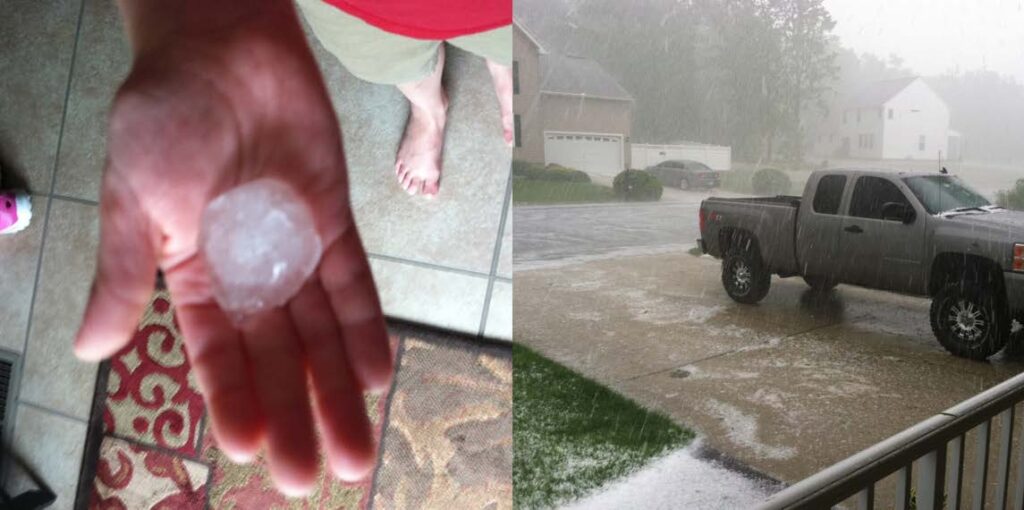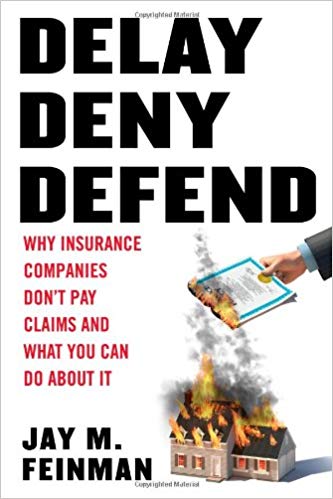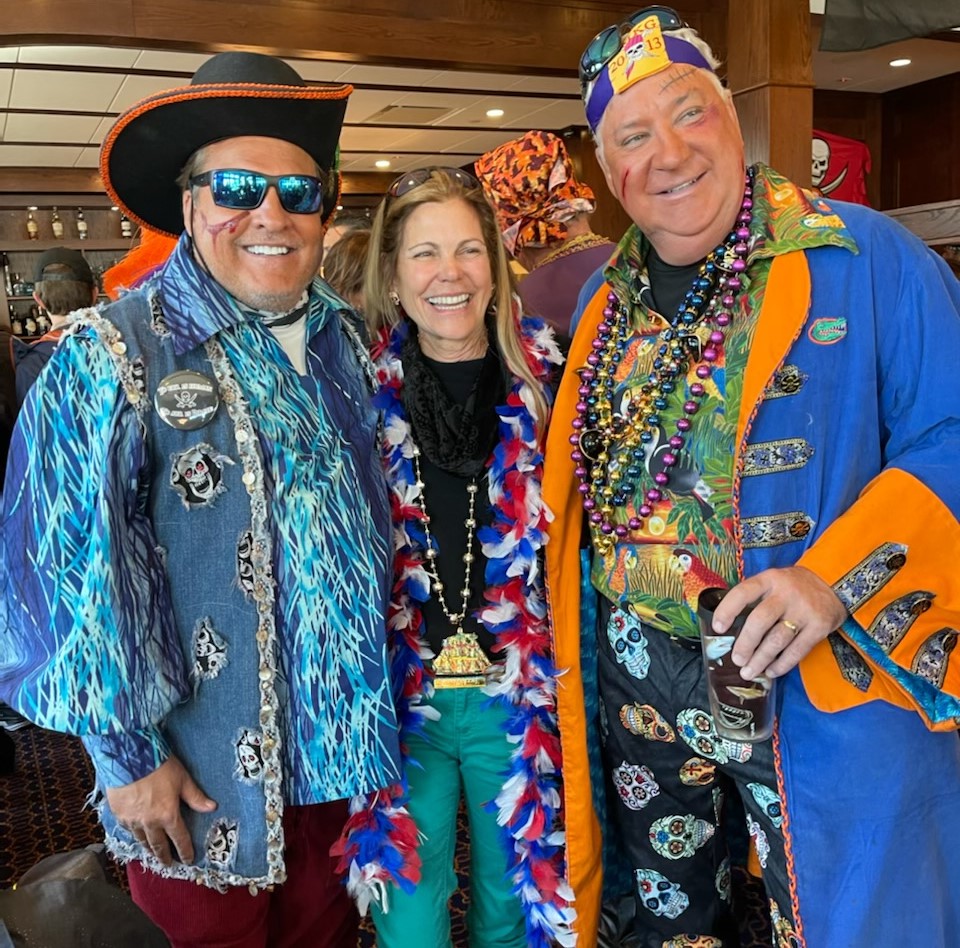Back on March 29, 2019, every attorney in the Merlin Law Group Red Bank office attended the “Protection Gap in Property Insurance” seminar that was hosted by Professor Jay M. Feinman and held at Rutgers law school. This was the first time that I had observed Mr. Feinman speak on issues pertaining to insurance and I ended up buying one of his books, Delay, Deny, Defend, after the seminar.
One of the chapters of Delay, Deny, Defend that I found particularly interesting was the chapter involving lawyer stories of the delay, deny, defend practice utilized by insurance carriers. What was more interesting is that the chapter includes stories told by attorneys who defend the insurance carriers. The defense attorneys tell stories about their frustrations handling cases where the insurer had no good defense, their belief that the insurance carriers were making business decisions to fight meritorious claims as a deterrent and defending cases that were “virtual sure losers”.1
Any attorney who dedicates his or her practice to insurance liability most likely has stories of their own. One of my personal favorites involves a family that I represented whose property suffered hail damage in South Jersey. The hail from this storm measured over an inch in diameter and caused damage to the property’s roof, siding, pool cover, and interior of the property. The insured documented the storm while it happened, and pictures are below.

The insured did everything by the book in filing his claim with the insurance carrier. He documented the damage, hired a public adjuster who prepared a damage estimate for the loss, and obtained an engineer who performed the proper tests to causally connect the hailstorm to the roof damage. Despite this, the insurance carrier issued a poorly-worded denial stating that, although hail hits were confirmed, “the hail did not significantly damage any material that would warrant replacement or affect the life of the shingle.” The insured was expected to take solace in the fact that his property exhibited just normal damage as opposed to “significant damage”.
A lawsuit was filed on the insured’s behalf and the case went through the typical litigation procedures. The delay came when it came time for trial. The carrier had hired an attorney who said he had taken hundreds of jury trial to verdict, and seemingly had marching orders from the beginning to try the case. Unfortunately for the insured, this apparently wasn’t the only case that got those marching orders. Every time the case would be listed for trial, insurer’s counsel would submit a letter to the court listing two or three older cases where he was listed for trial that same day. We went around this carousel for nine adjournments and a year and a half of waiting until the insured finally got his day in Court.
We were ready for trial and the insured’s case went off without a hitch. The public adjuster was experienced and gave great testimony, the engineer was credible and explained the tests for proving hail damage to the roof, and I called the insurance representative in our case-in-chief and discredited her before the defense could call her to the stand. The defense put on its case as best as it could, but made a crucial error in the evidence submission prior to jury instructions. Although it wasn’t used in its case, the defense offered to submit an email between my client and his public adjuster into evidence. The defense clearly overlooked a damaging part of the email. In the email, the insured stated:
Also, neighbor two houses down just got a new roof, they have solar panels and they got them removed and a new roof installed and they have (carrier), and also have (claim rep) as their adjuster. Seems crazy how they are approved and I’m not. How can they just pick and choose who they approve?
That’s correct, a neighbor whose house was built around the same time as my client’s, who also had solar panels, had his roof and solar panels replaced as a result of the same hailstorm by the same claim rep and insurance carrier that was vigorously defending the insured’s case. We knew about this and the information was in our engineer report, and the information came in when the defendant offered the evidence without objection.
I did not object to the submission and the defense probably realized the mistake ten seconds into my closing. It didn’t take long for the jury to deliberate and award the insured 100% of the damages estimated by the public adjuster.
This case was a clear-cut example of the utilization of delay, deny, defend by the insurance carrier. Despite the insured properly submitting an honest, viable loss including all the information an insurance carrier would need to provide coverage on a claim like this, the carrier made a business decision to fight this meritorious claim in the hopes that it could beat the insured down and ultimately make a profit.
Sometimes insurance companies need to be taken to task at trial for them to change their tune in evoking the delay, deny, defend strategy. Merlin Law Group has a dedicated and experienced trial team ready to fight for insureds who are unnecessarily put through the ringer by a delaying, denying, and defending insurance company. If you are having issues with your insurance carrier, please give us a call.
___________________________
1 Jay M. Feinman, Delay Deny Defend (Delden Press, 2010), Ch. 2.




